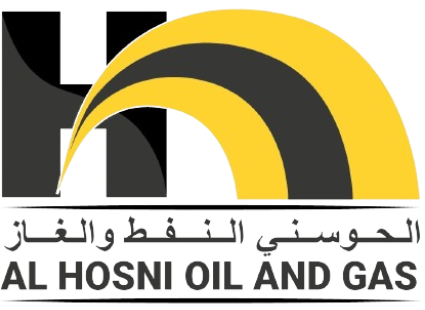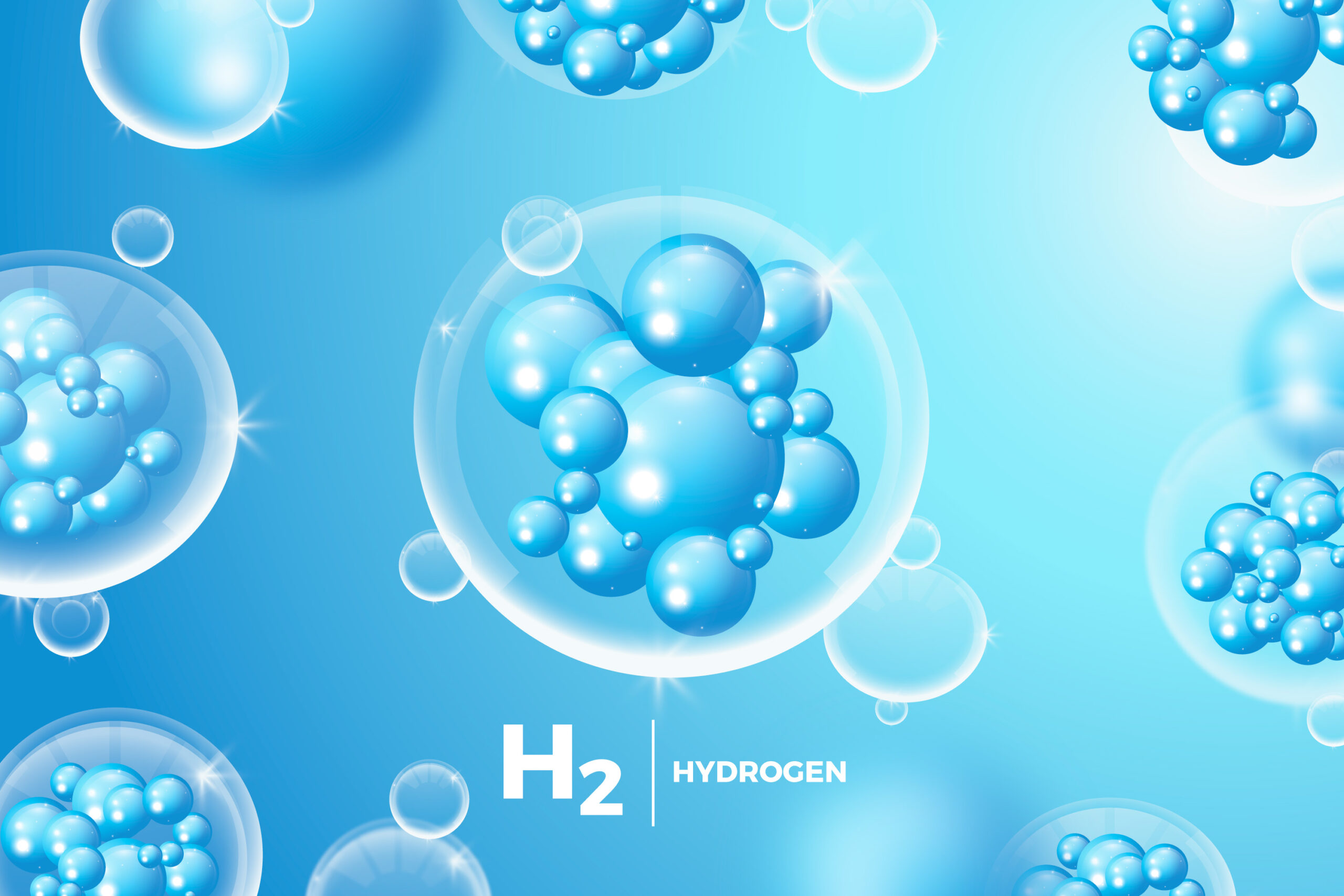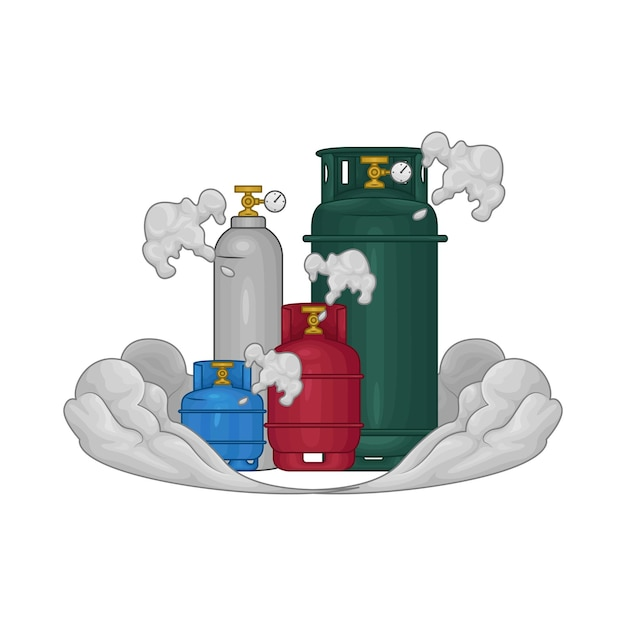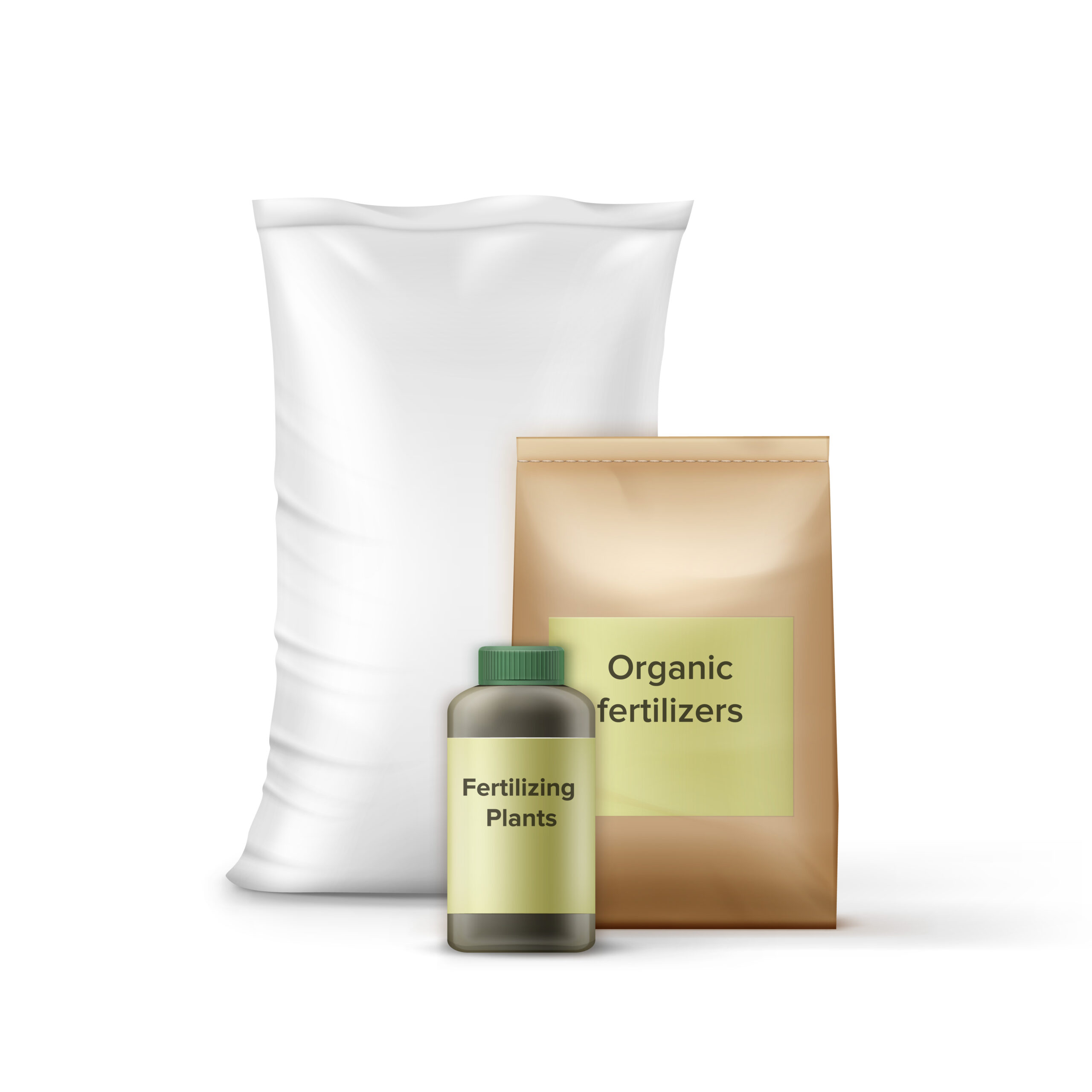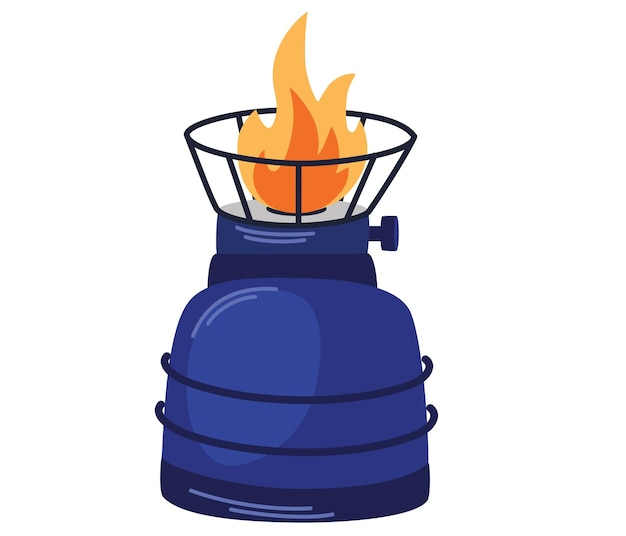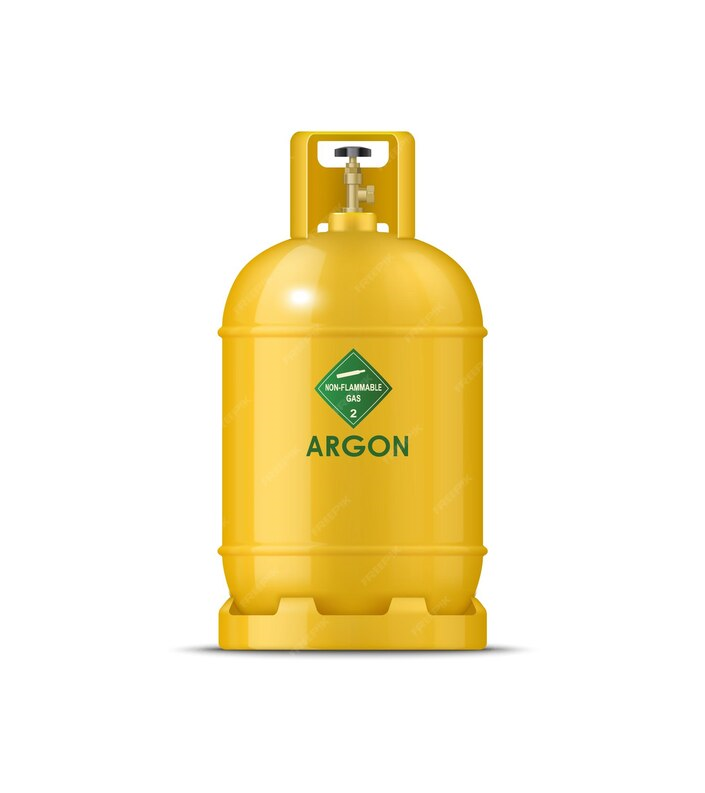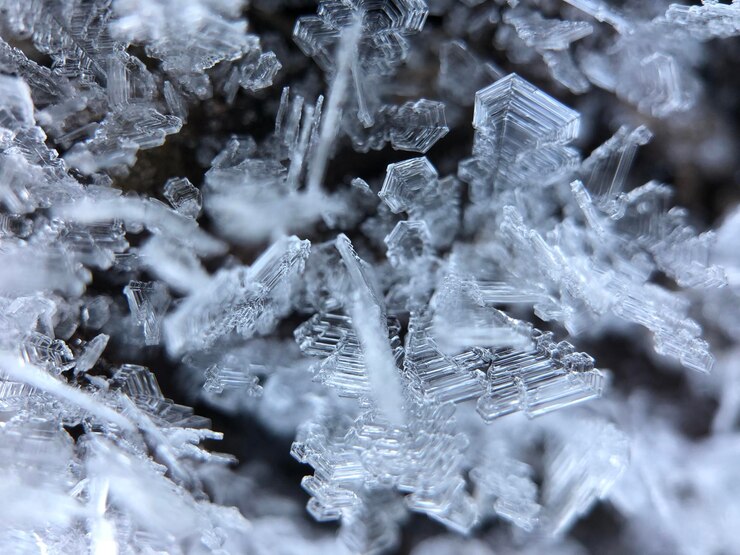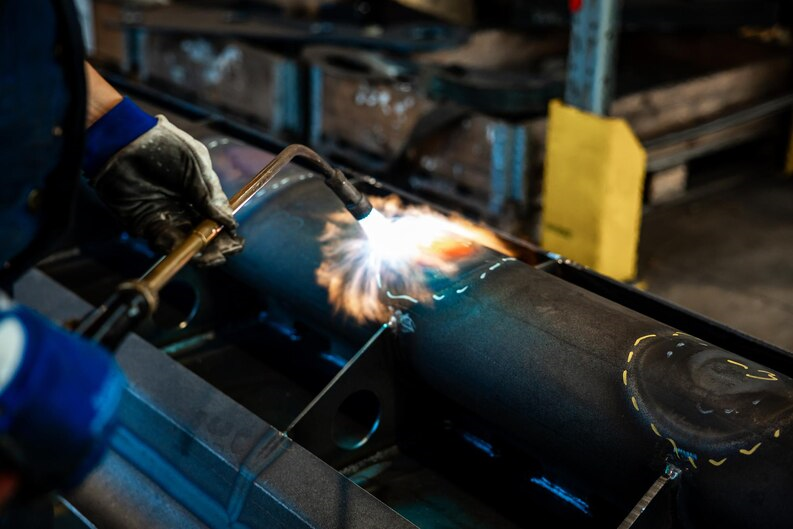Ethylene
Ethylene is the most commercially produced organic compound in the world and is used in many industrial applications.
Some of these industrial applications for ethylene include; ethylene oxide for the sterilizing of medical devices, polyethylene as a more durable plastic over polyvinyl chloride and polypropylene, ethylene glycol for creating polyester fibers in fabric, and many other applications
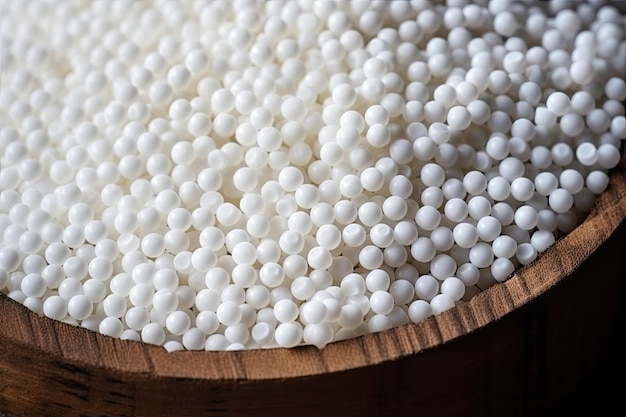
Food
Ethylene is used to stimulate and regulate the ripening of various fruits, such as tomatoes and bananas.
Chemicals
In term of quantity produced, ethylene is the most important organic chemical. Ethylene is the feedstock in the manufacture of the most important polymer: polyethylene. It is also converted to ethylene oxide, it is a precursor to ethylene glycol, ethylbenzene, styrene and to various kinds of polyethylene, to ethylene dichloride and to vinyl chloride.
Metal fabrication
Ethylene is used in oxycutting.
Speciality Gases
Speciality gas, also known as a calibration gas mixture, is generally a compressed mixture of gases or gaseous components. Calibration gases are used as comparison standards in the calibration of many instruments. They ensure that instruments such as gas analyzers or gas detectors read correctly. The calibration gas must be traceable to a national or international standard in order to be considered accurate for calibration.
Most rare gases are very stable, as such their ionization energy is very high. That makes them very useful as ion beam sources to clean, cut or weld materials. Another property is their unique ability to produce bright light, which may be in the form of a laser (neon/helium laser) or a light source (xenon).
